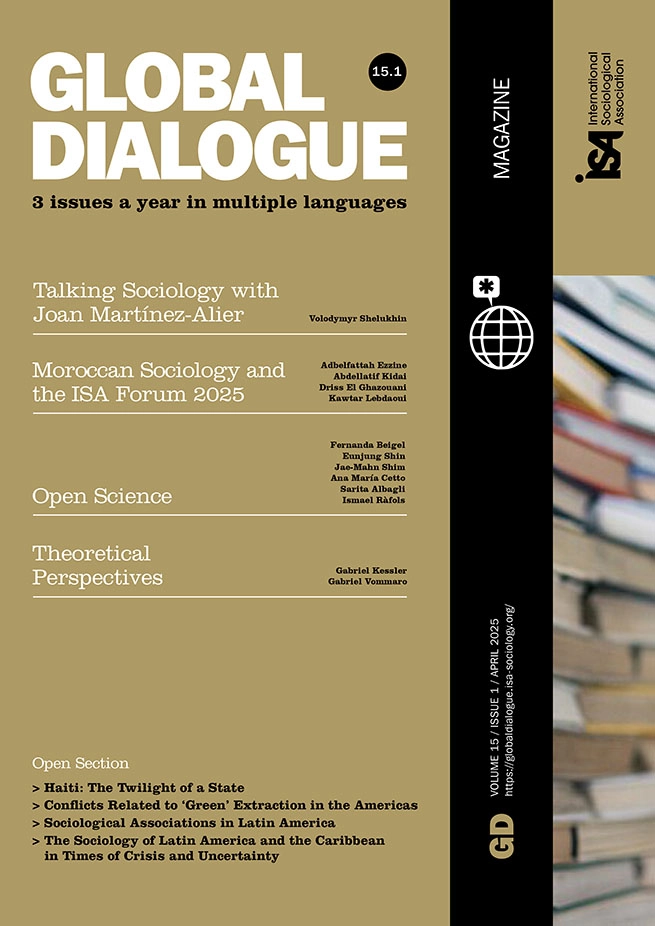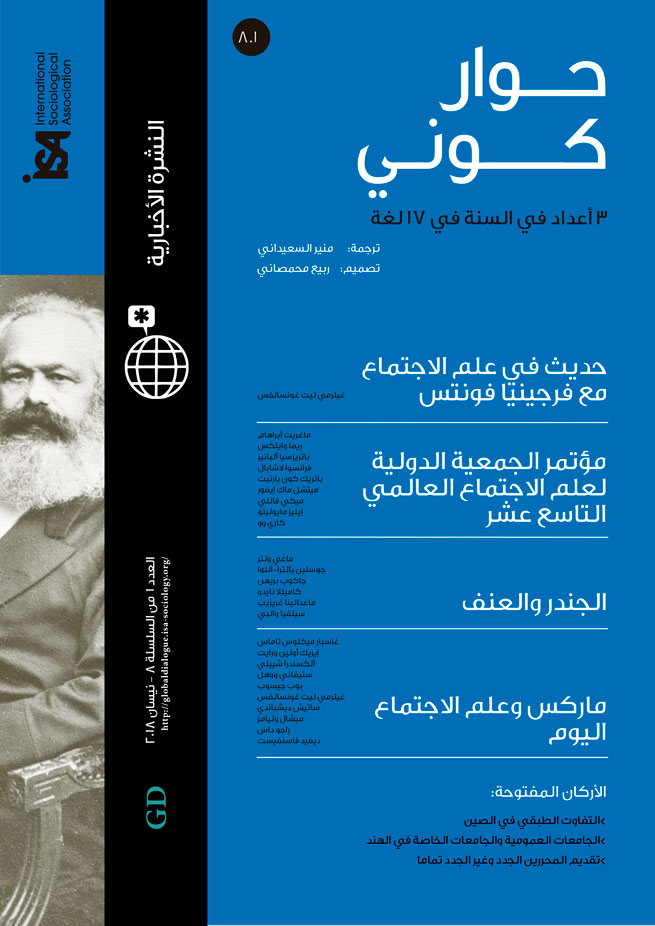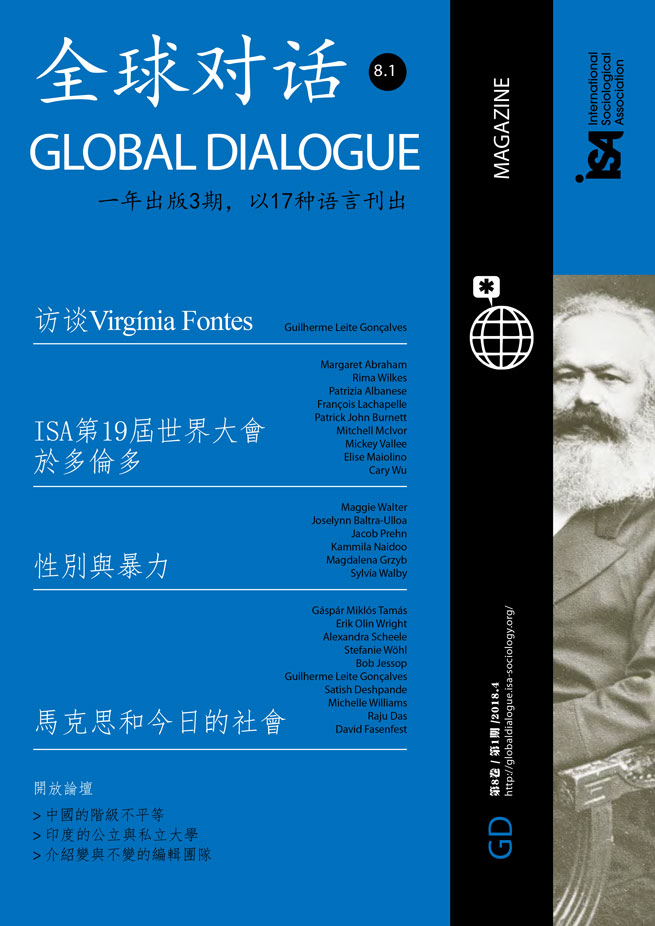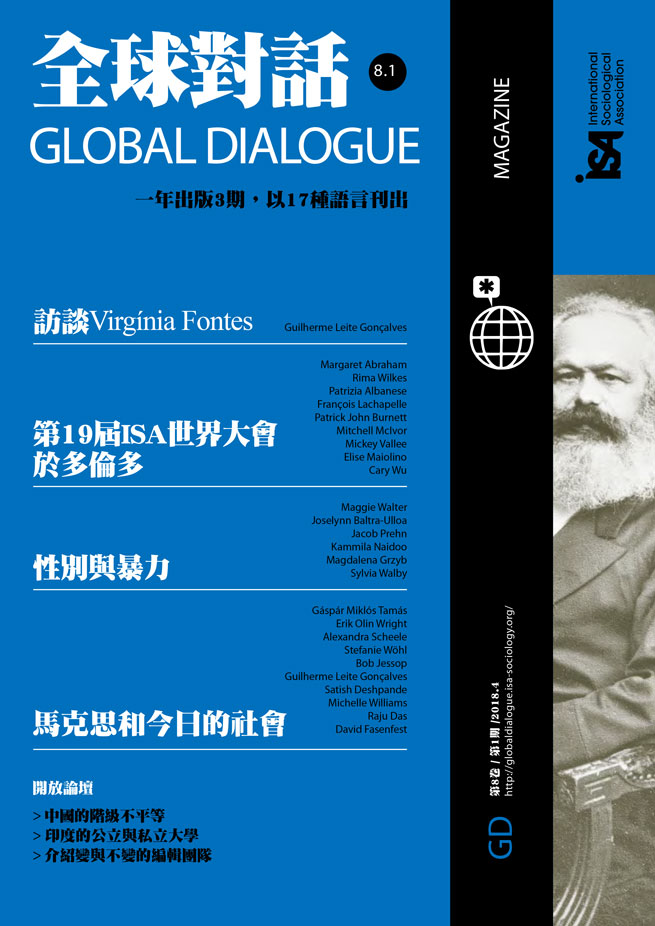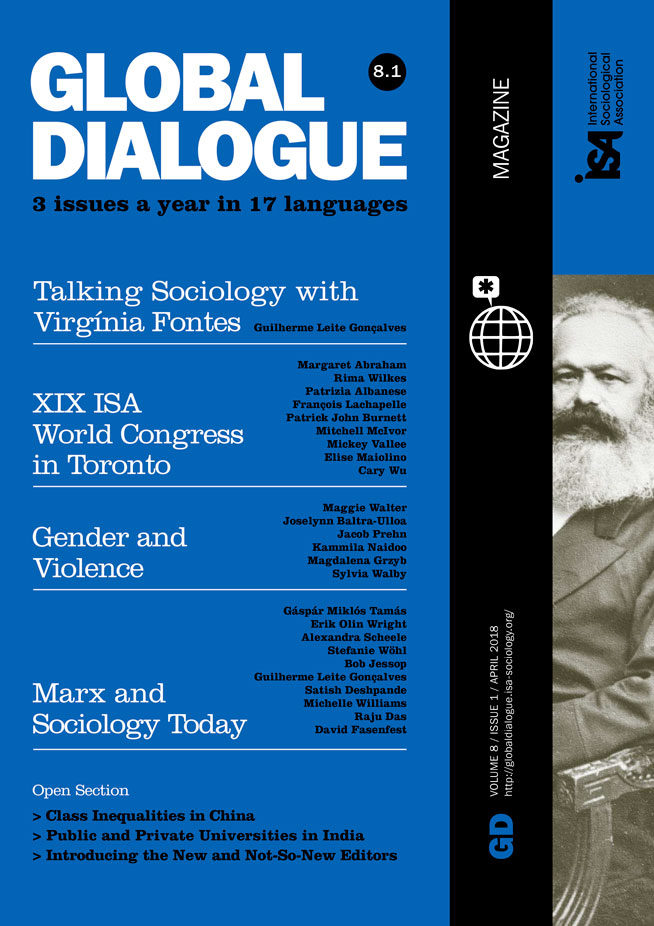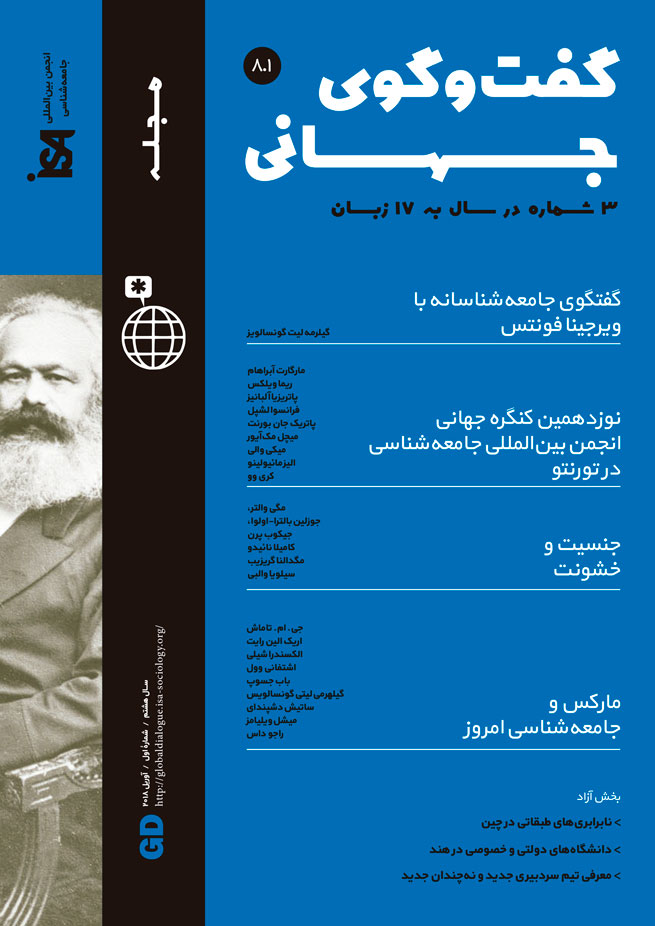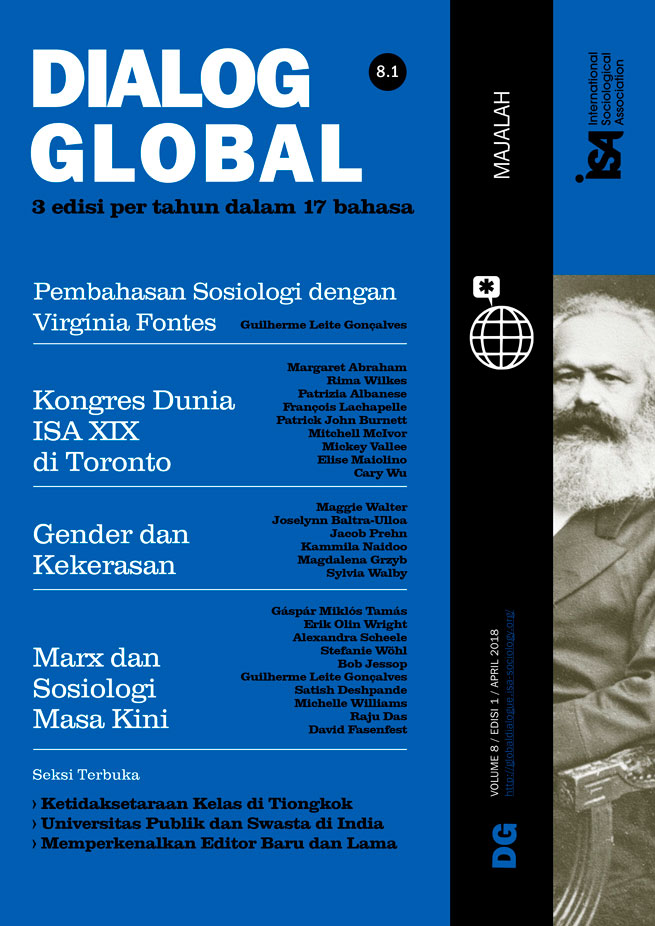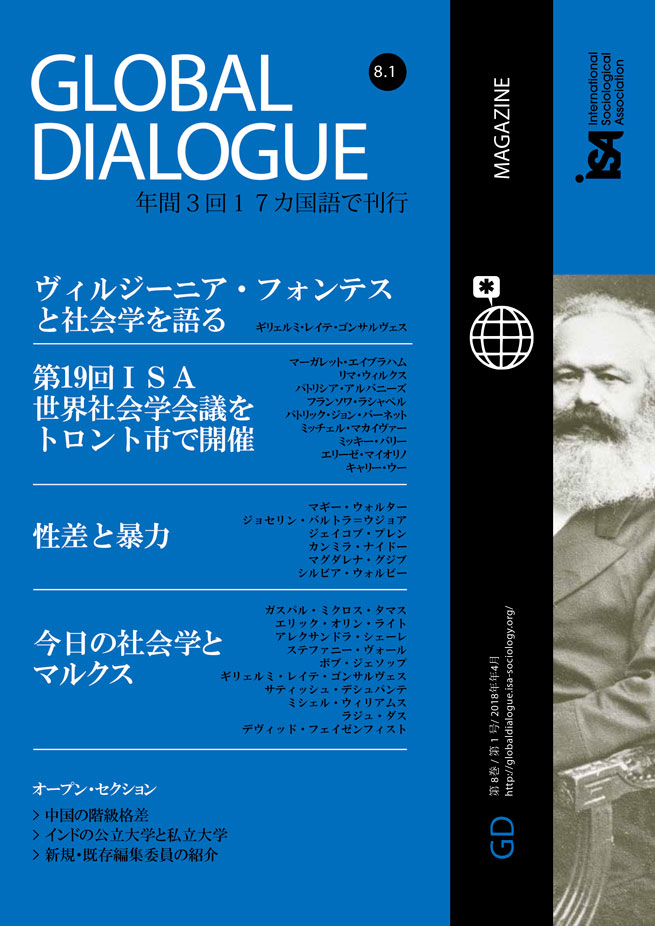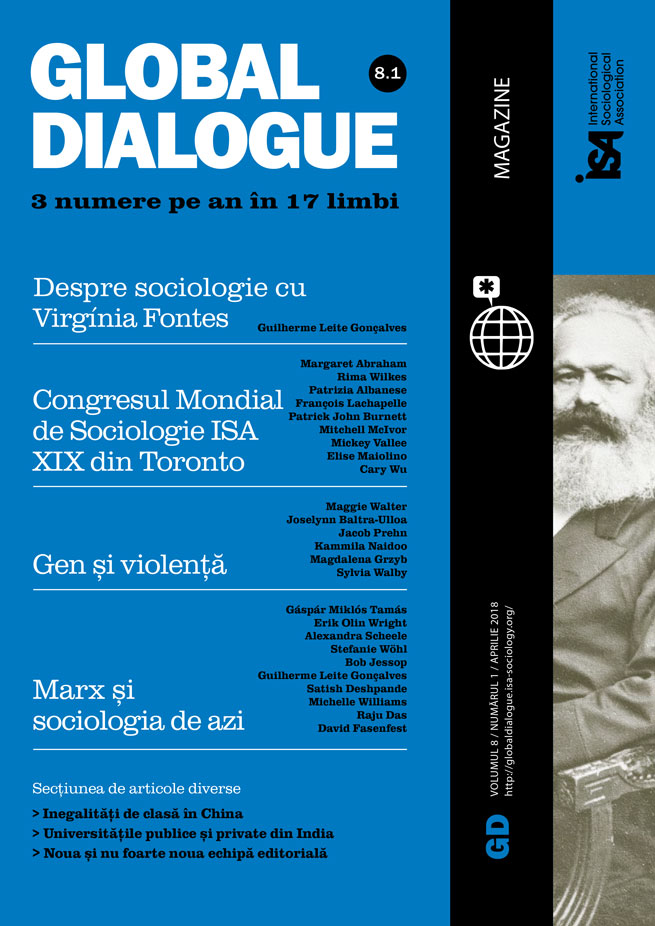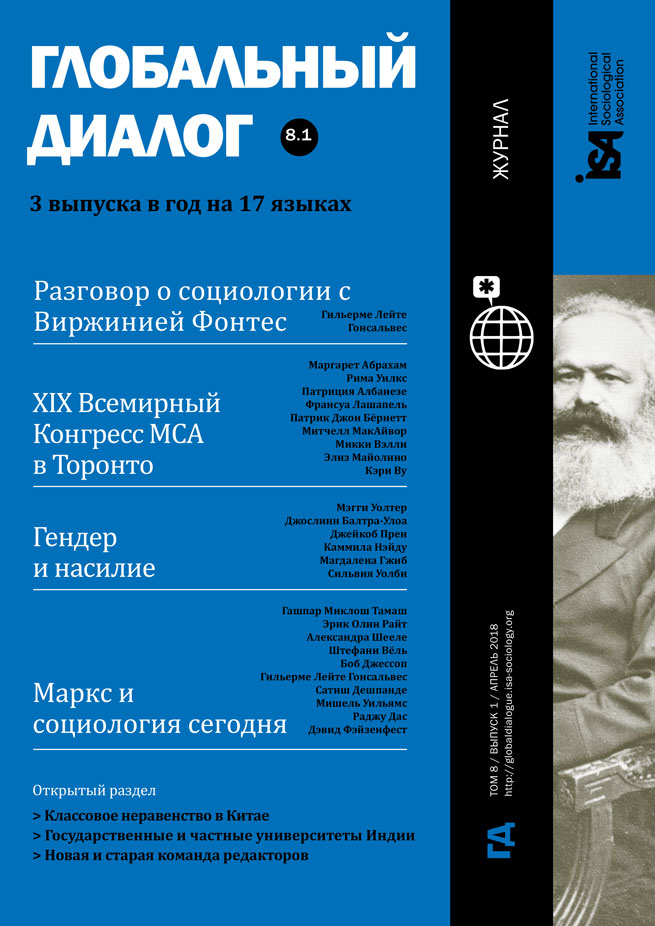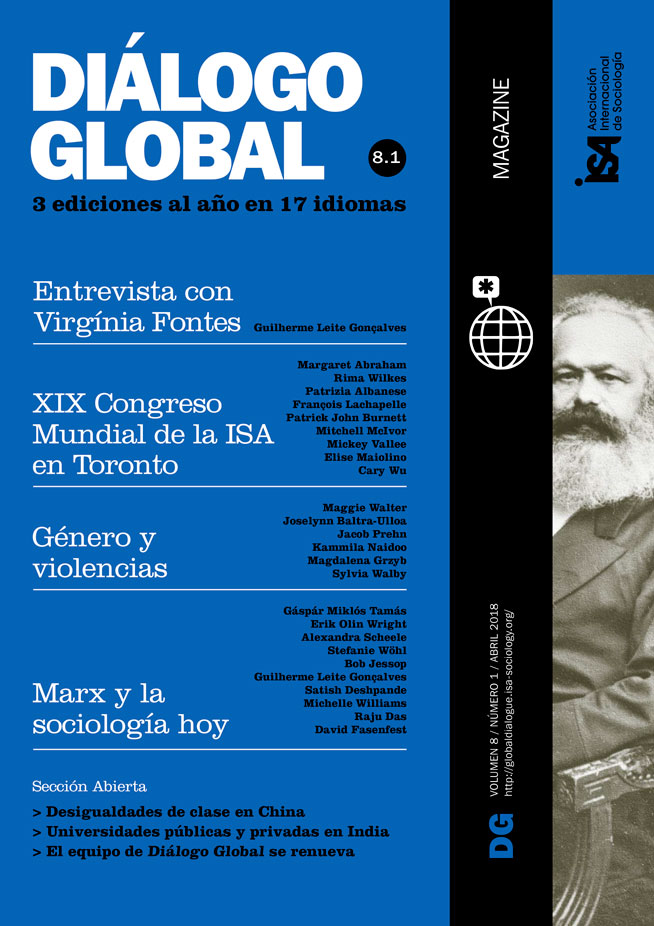Intersectionality, Indigeneity, Gender, and Violence
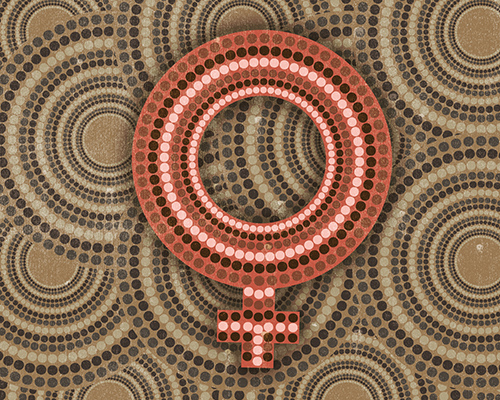
March 22, 2018
The gendered violence statistics relating to Aboriginal and Torres Strait Islander women in Australia make for grim reading. Nationally, Indigenous women and girls are 31 times more likely to be hospitalized due to family violence-related assaults than their non-Indigenous counterparts and over half of the homicides of Aboriginal women occur in domestic violence settings. The extent of this violent lived reality is confirmed in studies that find that around a quarter of all Aboriginal women report experiencing physical or sexual violence in the previous twelve months. State- and territory-based statistics echo this appalling national story. Up to 95 percent of Aboriginal children living in Victoria were placed in out-of-home care because of family violence; Aboriginal women in Western Australia are over seventeen times more likely to be a homicide victim than non-Indigenous women. It is our argument that the intersection of Indigeneity and gender inherent in this violence is neither neutral, ahistorical, politically or culturally un-situated, nor racially detached.
Their heavy over-representation within gendered violence statistics is a familiar one to Indigenous women in other Anglo colonized nation-states. In Aotearoa New Zealand, the United States, and Canada, Indigenous women are far more likely to be the victims of gendered violence than non-Indigenous women. This shared positioning indicates that the major explanator does not lie within Aboriginal and Torres Strait Islander, Maori, Native American, and First Nation people themselves. The British weren’t just unlucky enough to colonize four distinct geographic regions with four distinctive peoples who all happened to be naturally more violent toward women than other peoples. Nor are Aboriginal and Torres Strait Islander women only at risk of gendered violence at the hands of Indigenous men: with high rates of out-partnering, a substantial proportion of perpetrators are non-Indigenous. Rather, the statistical over-representation is a socio-cultural artefact of Indigenous women’s twin positioning within gendered and racial hierarchies. Race relations of power, bordered by and defined through Anglo settler colonialism, intersect with gender relations of power to produce a dual violence of the everyday for Indigenous women.
Aboriginal and Torres Strait Islander women have always been at the forefront of colonizing violence. During the frontier wars of dispossession, women were prominent among victims of massacres. Other women, such as the Tasmanian Walyer, led resistance efforts against the invading forces. As the colonial dispossession progressed, women were increasingly exposed to sexual as well as physical violence. In the Furneaux Islands of Bass Strait, for example, women were systematically kidnapped by European sealers from 1800 onwards and kept as concubines and workers; the Aboriginal clans in the coastal district were quickly denuded of women of child-bearing age.
Once the continent of Australia was colonially possessed, gendered violence – sexual and physical – did not end; it merely changed shape. During most of the twentieth century, lighter-skinned children of Aboriginal women, frequently themselves the victims of sexual violence, were forcibly taken and placed into harsh state care. The government policies sanctioning the removal of Aboriginal children, known as the “Stolen Generations,” aimed to assimilate Aboriginal people into White society. Children were forbidden to practice their culture, have contact with their families, or speak their native languages. It is estimated that as many as one in ten Aboriginal children were removed between 1910 and 1970. The impacts of these policies ripple into the present. Families with a history of family member removal are more likely than other Indigenous families to have their own children taken into state care. And across the nation, the ongoing legacy of colonial violence is intergenerational poverty and social, political, and cultural marginalization. The resultant family dysfunction plays out through an intersectional space of jeopardy for the physical and emotional safety of Aboriginal and Torres Strait Islander women.
So how does Australian society, inclusive of Australian sociology, respond to patterns of gendered violence against Aboriginal and Torres Strait Islander women? Unfortunately, largely with indifference. Just as Australian society still reflects its colonial, largely Anglo heritage, so does Australian sociology. There is no body of Australian sociological literature addressing gendered violence against Aboriginal women; in fact there is little Indigenous sociology at all. There is little incentive, it seems, for the beneficiaries of colonialism and its incumbent race and gender power relations to sociologically investigate them. Within the uncomfortable legacy of Australia’s origins, the Aboriginal and Torres Strait Islander peoples, dispossessed of the lands the nation-state now occupies and from which it draws its wealth and identity, remain a disconcerting presence. At the structural level, this overarching antipathy interacts with the power relations of gender to produce a pejoratively different understanding of, and response to, violence toward Indigenous women. Normalized discursively as just another Indigenous problem, the phenomenon remains largely unexplored sociologically.
Maggie Walter, Pro Vice-Chancellor of Aboriginal Research and Leadership at the University of Tasmania <Margaret.Walter@utas.edu.au>
Joselynn Baltra-Ulloa, University of Tasmania <Joselynn.BaltraUlloa@utas.edu.au>
Jacob Prehn, Office of the Pro Vice-Chancellor Aboriginal Research and Leadership, University of Tasmania, Australia <jacob.prehn@utas.edu.au>
